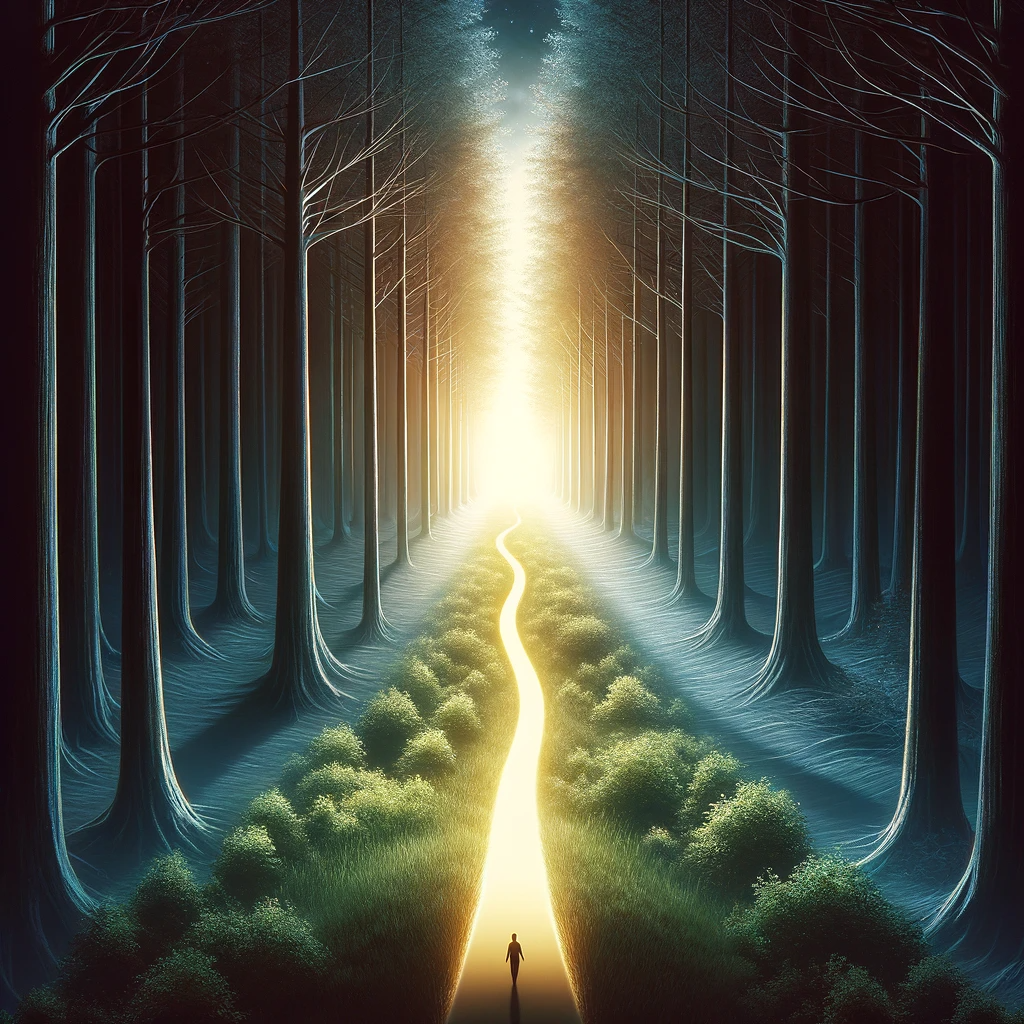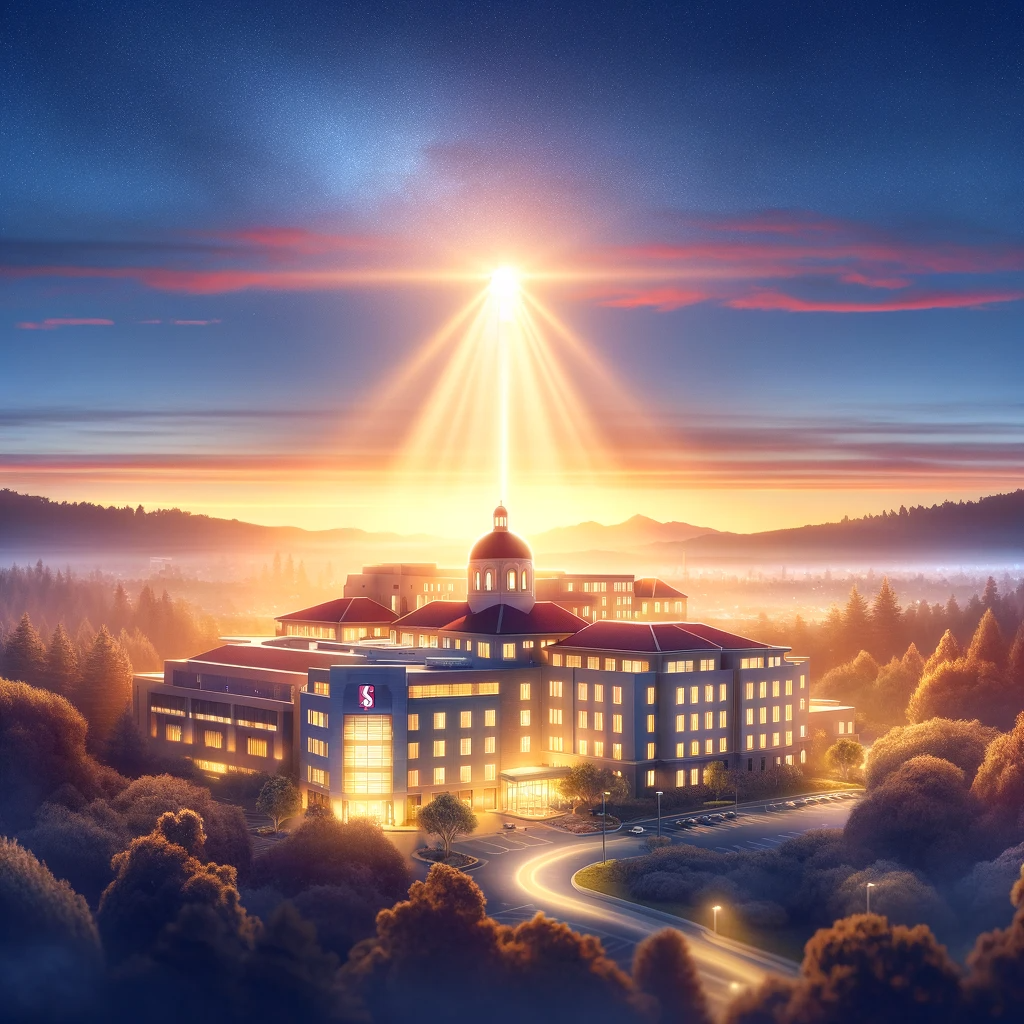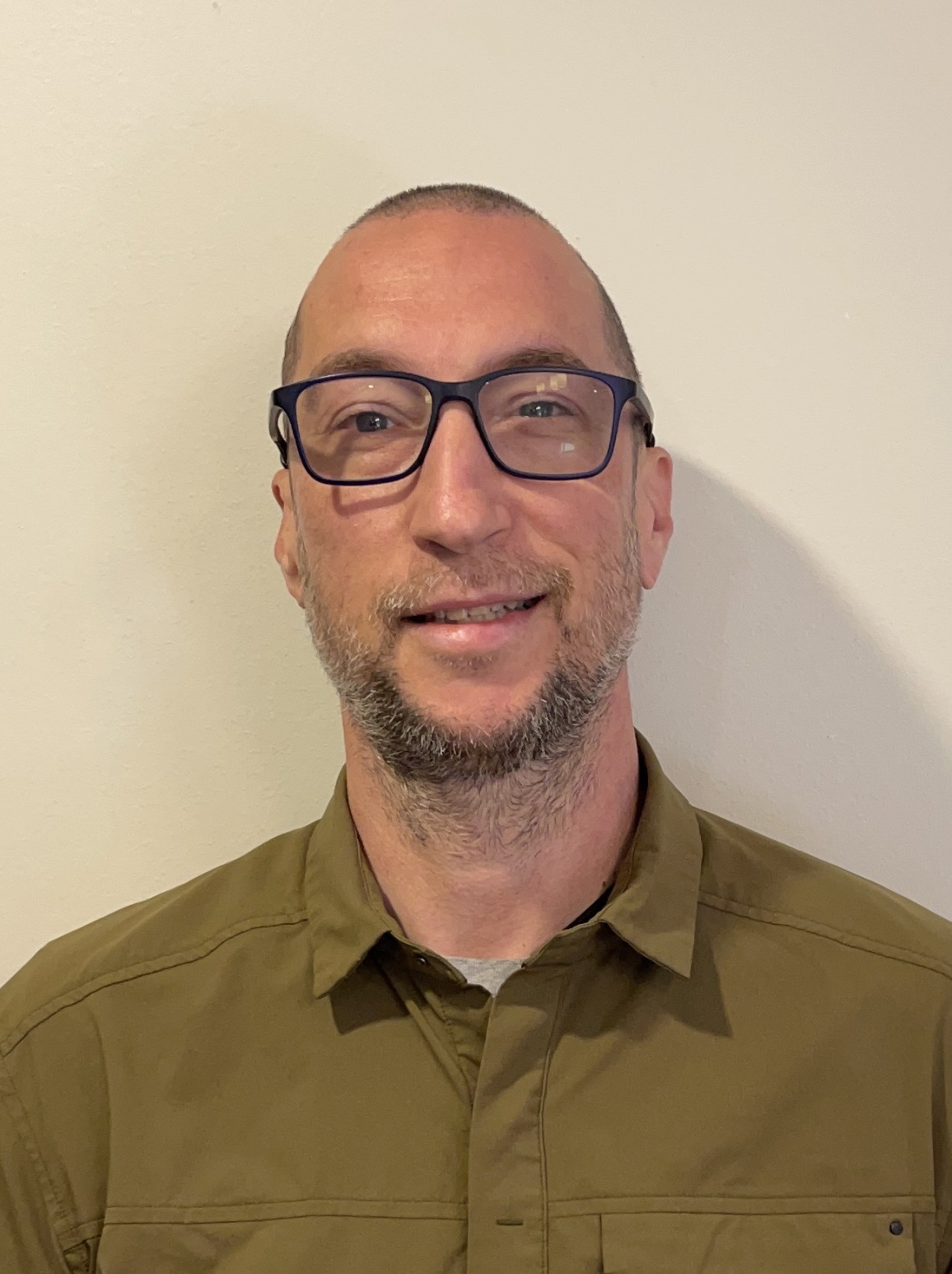
Pursuing Hope: My Odyssey as a Stroke Survivor Championing Psilocybin.
Embarking on a quest to unearth the untapped potential of psilocybin for stroke recovery and mental health improvement, I strive to illuminate a new path for thousands of survivors seeking to regain their lives.

Beginning of My Healing Journey.
Hello there, my name is Gerald McBrearty. I'm a survivor, an advocate, and someone with a personal mission to discover the potential of psilocybin in stroke recovery. I'm sharing my story with you in hopes that you might join me on this path of exploration, healing, and advocacy. My journey began unexpectedly, in the spring of 2021...
In March 2021, while practicing the Wim Hof Method, I encountered the first sign of a storm brewing within me — a transient ischemic attack (TIA) following a cold shower. Throughout the month, I experienced several other minor TIAs, each incident precipitated by cold exposure. At first, it was just my right hand that weakened, creating a sensation akin to a pinched nerve. I would clumsily drop my phone, only to pick it up and drop it again. The cold seemed to amplify this mysterious condition, rendering my grip unreliable. Then, during a particularly extended cold shower, my right leg followed suit and gave way. An emergency room visit unveiled the clandestine culprit behind these strange occurrences — a severely occluded, or blocked, carotid artery nestled near the circle of Willis. Unbeknownst to me, a silent battle had been waging inside my own body, and thus marked the commencement of my journey towards understanding, acceptance, and healing.

A Diagnosis that Defied Expectations.
Fast forward to January 2022. Despite maintaining an impressively low total cholesterol level—measuring as low as 88—I continued to suffer multiple strokes. The most severe event occurred that month, rendering me speechless until it gradually subsided after a few tormenting minutes.
An angiogram pointed towards an unsettling reality; the occlusion in my artery was persistently worsening, even in the face of my diligent efforts towards a healthy lipid profile. It was then that the elusive specter received a name: Moyamoya. This rare disease targets the carotid artery and, over time, leads to total occlusion.
In light of this surprising diagnosis, the advice I received was to seek out a neurosurgeon capable of bypassing the blockage—a daunting prospect that, nonetheless, promised a glimmer of hope in an otherwise grim scenario.

Finding a Ray of Light Amidst Despair.
Recovering in the aftermath, I set out on a mission to find the most skilled neurosurgeon available. Given that Moyamoya is a relatively rare condition—typically, a one-in-a-million diagnosis—I was aware that expertise in handling this disease would be hard to come by. Yet, I discovered Dr. Steinberg at Stanford Medical Center and my mind was set—he would be my surgeon. The team at Stanford took on my case, and after a series of rigorous tests to ascertain whether I had the reserves to withstand the surgery, I was scheduled for the procedure. The perfusion scan results were concerning; it took over two minutes for blood to circulate all areas on the left side of my brain.
Nevertheless, the possibility of a successful surgery shone through. On March 9, 2022, my life was given a new lease through a grueling 12-hour operation. Nine days later, after a challenging stay in the ICU, I was finally ready to return home. The journey was not without its trials—struggling to maintain an adequate blood pressure, I experienced a watershed zone event while in the ICU. This incident, medically referred to as an "infarct," led to the largest area of brain tissue death I've had yet—an unfortunate setback on my path to recovery.

A Path of Healing and Hope.
Contrary to my initial apprehensions, the recovery journey following the surgery turned out to be less daunting than I had anticipated. Each passing month brought with it more familiarity, more connection to my old self. While I was fortunate to not bear any major deficits, the ones I do have give me pause for reflection and action. Challenges with word association and memory recall are some struggles I still grapple with. Occasionally, fine motor issues manifest in my right pointer finger and thumb, yet, these have been the extent of my deficits so far.
There is also a beacon of hope: psilocybin. I harbor optimism that this compound may help in rectifying these deficits and furthering my healing process. My follow-up visit to Stanford in February bore good news—the surgery was a success in restoring blood flow. The difference was staggering. What once took more than two minutes for blood to circulate, now took a mere 6 seconds, and my reserves had increased dramatically.

Infinite Gratitude: For Life, and For You.
My heart swells with immense gratitude, not only for the precious gift of life but also for you, taking a moment out of your day to understand my journey. I earnestly implore you to share this narrative with your colleagues and any researchers you may know who might be interested in conducting a clinical trial using psychedelics to aid stroke victims.
Moyamoya-induced strokes disproportionately affect the young, with a significant portion of sufferers being children and young adults in their early 20s. We are all, each of us, at the prime of our lives, filled with hopes, dreams, and ambitions. We seek not just to exist, but to live, and to live fully. We deserve every chance at a life that's happy, healthy, and fulfilled. In sharing my story and seeking potential therapies, we can kindle hope for all who find themselves in similar circumstances.
Healing Together
If you are embarking on the path of exploring the potential of psilocybin or other promising psychedelics for stroke recovery through clinical trials, I invite you to connect with me. I stand ready to contribute, not just for my healing, but to empower the journey of countless others grappling with similar challenges. Contact me at: